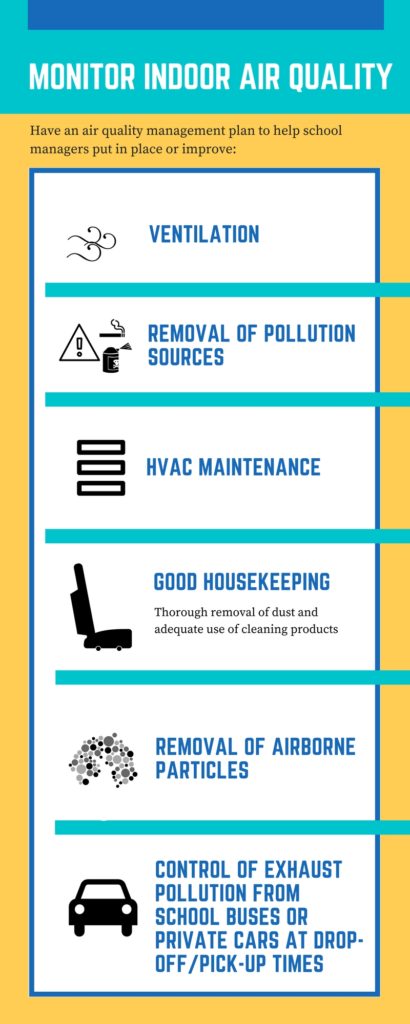Previous research had shown a correlation between increased pollution and Alzheimer’s disease; between developing brains exposed to air pollution and mental health; and a link between air pollution and cognitive function in older men. Researchers are increasingly looking at these links and gathering evidence on yet another health effect of the polluted air we are exposed to.
The olfactory system is a direct route for small particles into the brain, especially those small enough to escape through the olfactory bulb. We have recently talked about the link between air pollution and strokes, now a new research from Lancaster University published by the Proceedings of the National Academy of Science has found evidence of toxic nano-particles, which come from air pollution, in human brains and has led to a rich discussion on the possible link between air pollution and Alzheimer’s disease.


In this most recent research, which examined brain tissue from 37 persons from Mexico and Manchester (UK), toxic nano-particles from air pollution -particularly magnetite, have been found in the human brain along with platinum, cobalt and nickel. According to the researchers, the shape and the type of metal indicates that it can only have come from air pollution. Accumulation of metals in the brain is characteristic in Alzheimer’s disease and especially magnetite, which has been previously associated with brain damage in patients with such ailment.
Many scientists have commented on the research results and although it is undisputed that the metal nano-particles in the brain do come from air pollution, many consider that this is not proof that there is a link between air pollution and Alzheimer disease.
Nonetheless, the study explains how the route of these nano-particles into the brain is through the olfactory system. Those particles that are small enough to pass through the olfactory bulb to the brain can lodge in the brain, cortex, hippotalamus and many others almost without barriers. Particles that lodge deep in your lungs can be very damaging because they create inflammation, infection, cancer or go directly to the bloodstream to cause trouble in other parts of the body. However, particles that enter through the olfactory system can be even more damaging because they have direct entrance to the brain where they can damage or kill neurons or even hamper the bains’ immune system.
In fact, both the Alzheimer’s and Parkinsons disease present a loss of the olfactory system capacities very early on. For this reason, many recent studies look at those particles that can be inhaled and have a direct pathway to our brains. One in every 14 persons above 65 suffer from Alzheimer’s diseases.
September is the World Alzheimer’s month, we cannot ascertain that air pollution is linked to Alzheimer, but we can raise awareness on the direct route for nano-particles into our brain.
Protect yourself and your family from air pollution!
Sources:


















